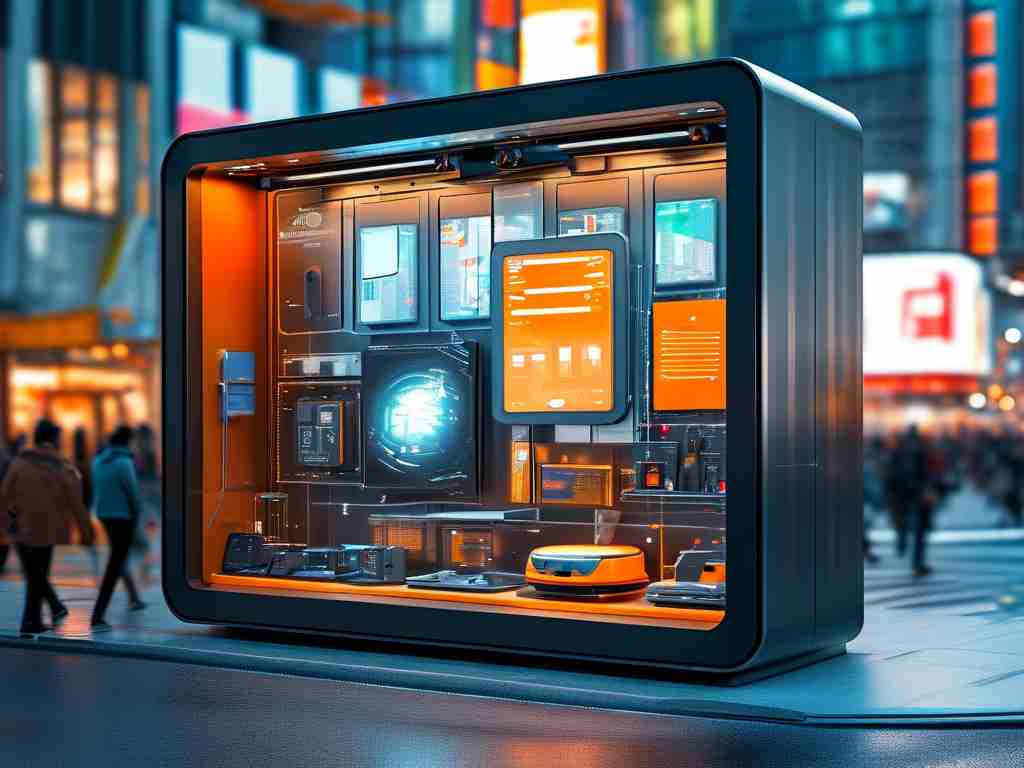The evolution of retail technology has ushered in innovative methods for enhancing visual merchandising, with automated window deployment emerging as a game-changer. This approach combines hardware integration, software orchestration, and data-driven decision-making to transform static displays into dynamic brand experiences.

Core Components of Automated Window Systems
Modern automated window solutions typically involve three layers: physical display units, control systems, and content management platforms. Motorized panels, programmable LED grids, and sensor-equipped racks form the hardware foundation. These components connect through IoT protocols like MQTT or Zigbee to central controllers, which execute predefined scenarios or real-time adjustments.
A Python-based configuration script might handle device communication:
import paho.mqtt.client as mqtt
def on_connect(client, userdata, flags, rc):
print("Connected with result code "+str(rc))
client.subscribe("window/display/update")
client = mqtt.Client()
client.on_connect = on_connect
client.connect("iot-gateway", 1883, 60)
client.loop_forever()
Implementation Workflow
Successful deployment follows a phased approach:
-
Needs Assessment
Conduct spatial analysis of window dimensions and foot traffic patterns using LiDAR scanning or camera-based analytics. -
Hardware Selection
Choose components based on environmental factors – UV-resistant materials for outdoor installations, low-heat LEDs for enclosed spaces. -
Software Integration
Develop middleware that translates marketing content (3D models, video files) into machine instructions. Many retailers adopt containerized deployments using Docker to maintain version consistency:FROM python:3.9-slim COPY requirements.txt . RUN pip install -r requirements.txt COPY display-engine.py . CMD ["python", "display-engine.py"]
-
Content Pipeline Setup
Establish automated workflows that pull assets from DAM (Digital Asset Management) systems, resizing media files to match display resolutions through serverless functions.
Operational Advantages
Automated window systems demonstrate measurable impact across multiple metrics. A 2023 Forrester study revealed a 40% reduction in manual labor costs and 28% increase in engagement duration for stores using automated displays. The technology enables:
- Dynamic Scheduling: Rotate promotions based on time-of-day or weather conditions
- A/B Testing: Compare multiple layouts using computer vision analytics
- Emergency Protocols: Instant transition to safety messages during incidents
Technical Considerations
While implementing automation, retailers must address:
Latency Management
Ensure sub-200ms response time for real-time interactions through edge computing deployments. Local processing nodes handle immediate triggers while cloud services manage long-term analytics.
Energy Optimization
Balance visual impact with power consumption using adaptive brightness controls. Machine learning models can predict peak engagement periods to optimize energy use:
from sklearn.ensemble import RandomForestRegressor # Sample energy prediction model model = RandomForestRegressor() model.fit(training_data[['hour', 'footfall'


